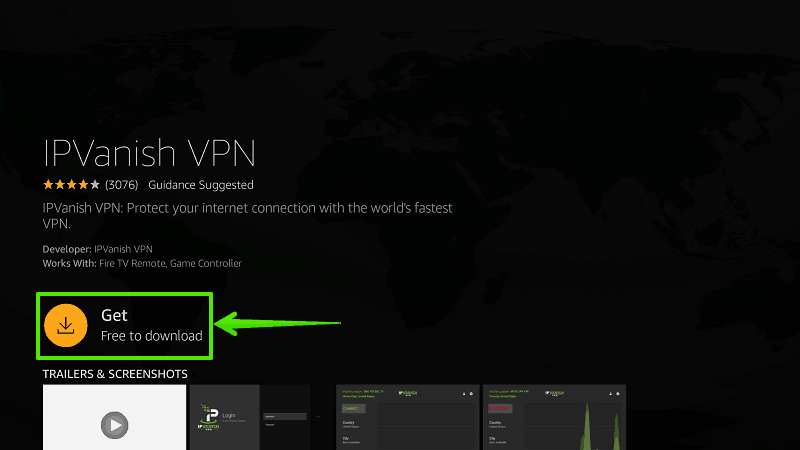

# Never forward plain names (don’t use dot or domain part) domain-needed# Never forward addresses in the non-routed address spaces.bogus-priv.Now, uncomment the settings of “domain-needed” and “bogus-priv”, as shown below: We will use “dnsmasq “ as a DNS forwarder in the following setup process. A DNS forwarder will protect you against DNS leaks at all times.

Here’s how Setup OpenVPN on Raspberry Pi: Step 1: Setup DNS forwarder on Raspberry Piįirst, you need to install a DNS forwarder on your device. Currently, PureVPN stands as a leading Raspberry Pi VPN, due to a range of servers, strong encryption protocols, multi-logins, and wallet-friendly plans. To begin installing OpenVPN on Raspberry Pi, you need to follow these steps:ĭisclaimer: We have selected PureVPN as a Raspberry Pi OSMC VPN in our setup guide. However, it is a relatively extensive process as compared to the PPTP VPN setup. Setting up OpenVPN on Raspberry Pi is an easy 5 step procedure. The service offers exceptional privacy features along with a multitude of servers spread around the world Setup OpenVPN on Raspberry Pi Note: We have selected PureVPN as OSMC VPN for PPTP installation. Now, you can use PPTP VPN on OSMC for Raspberry Pi without any hassle.

Now, you need to create a new file in /etc/ppp/peers and give it a name of your choice.First add a PPTP client by using the following command:.You can follow these simple steps to configure VPN on OSMC for Raspberry Pi that include:
Osmc vpn ipvanish install how to#
In this guide, we will help you how to bypass geo-restrictions and access leading-edge channels with OSMC VPN from anywhere. Based on Kodi/XBMC, the platform offers a sleek interface & a massive media library that takes Raspberrians’ entertainment experience to new heights.īut, the geo-restrictions may spoil your fun when you try to watch mainstream channels. OSMC, formerly known as Raspbmc is the leading-edge video entertainment center for Raspberry Pi.


 0 kommentar(er)
0 kommentar(er)
